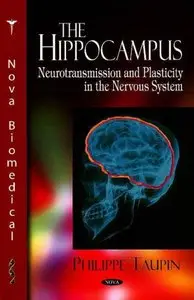Philippe Taupin, "The Hippocampus: Neurotransmission and Plasticity in the Nervous System"
2007 | pages: 154 | ISBN: 1600219144 | PDF | 1,2 mb
2007 | pages: 154 | ISBN: 1600219144 | PDF | 1,2 mb
The hippocampus , the Greek word for seahorse, is one of the most fascinating and intriguing regions of the mammalian brain. It is a bilateral incurved seahorse-shaped structure of the cerebral cortex. The hippocampus has a highly distinctive morphology. It is composed of two regions, the dentate gyrus (DG) and the Cornu Ammonis (CA). The nerve cells of the main layer of the DG and CA regions, the granule cells and pyramidal cells respectively, are organised in a tri-synaptic lamellaire circuit. The granule and pyramidal cells are glutamatergic excitatory. The granule cells elicit unique histological, biochemical, developmental, physio- and pathological features.The hippocampus is also an area of the brain that elicits a high degree of plasticity, like synaptic and phenotypic plasticity. It is also one of the few regions of the brain where neurogenesis, the generation of new nerve cells, occurs throughout adulthood. The hippocampus is involved in physio-and pathological processes, like learning and memory.
My Links



